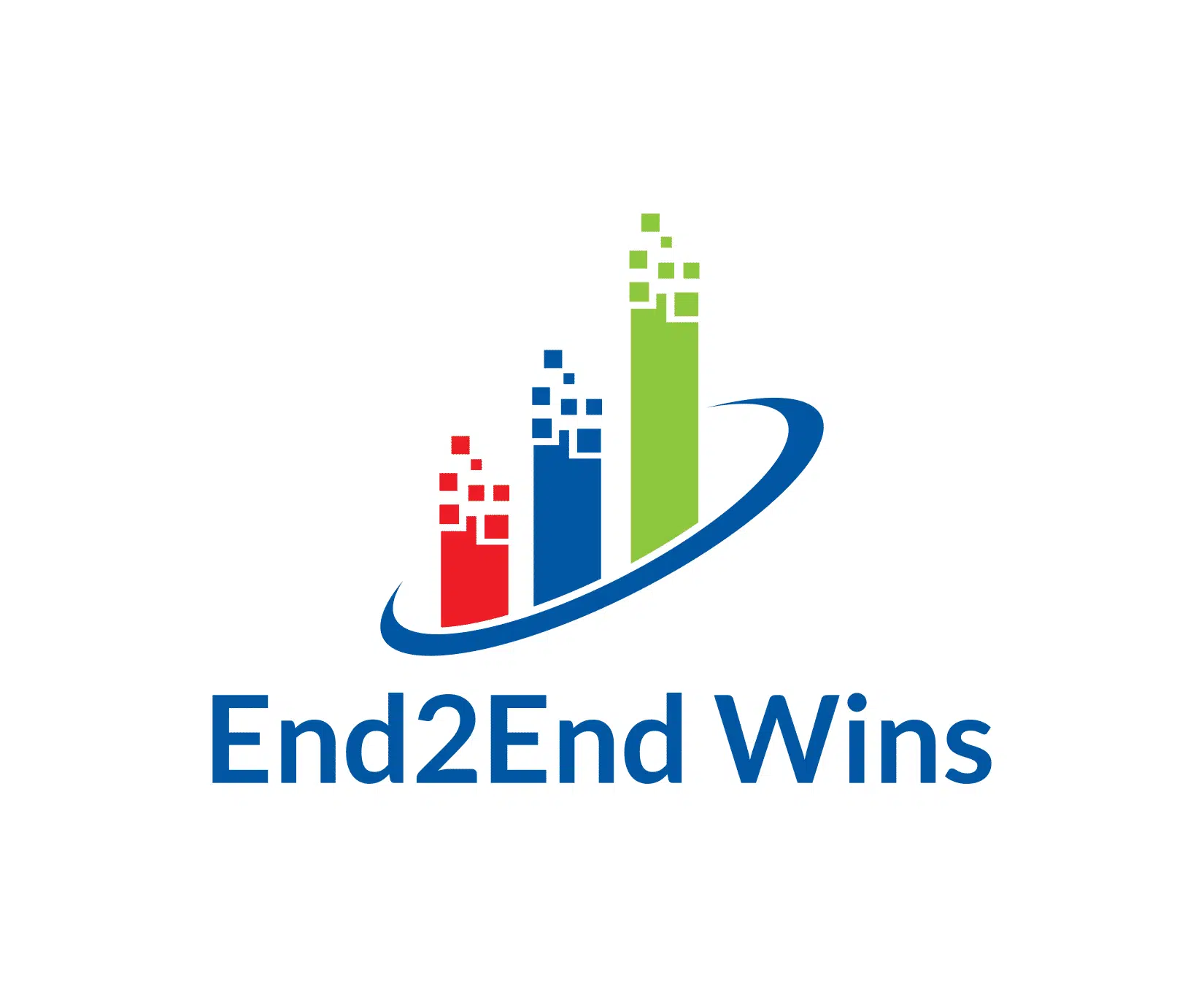Why did you go to your favorite coffee shop today?
That is the question I asked of a senior Marketing executive during a recent conversation.
You may be thinking, “that is a strange question to ask someone.”
Well, here is the story beginning with the background.
I was providing the executive with a “readout”of his results from a behavioral survey that he recently completed. The executive was amazed at the accuracy of the results. It was almost as if we had been great friends for many years as I shared my observations and offered examples of how he might act in a given situation. He was particularly intrigued by the relevance and significance of the survey results to his professional work.
As we reviewed his survey results, I also realized and pointed out that he and I were exact opposites in practically every one of the behavioral drives. We talked about how these differences would appear in the work environment, whether we were in a boss-to-employee relationship or peers of one another in a cross-functional team. I highlighted common workplace scenarios where our differences might result in conflict, miscommunication, or misinterpreted motives. I also shared how our differences could impact our engagement and collective performance.
The "Coffee Shop" Question
On a whim, I asked the “coffee shop” question. The executive initially was puzzled at how such a question was related to the behavioral results we had just reviewed. Moreover, what was the relevance of this question to the workplace issues we were looking to address? I asked him to humor me, and I assured him I would connect the dots.
After some reflection, the executive shared why he visited his favorite coffee shop. Some of the reasons included, “he liked the atmosphere; he liked meeting new people; he liked socializing with familiar faces. The environment also allowed him to work on his laptop away from any distractions at home.” I thanked him for sharing, and then I shared my reasons for going to my favorite coffee shop.
My reasons were totally opposite. My reasons included, “the location is convenient; the coffee shop offers mobile ordering, which reduces or eliminates any waiting time in the shop; and the product quality is pretty consistent.” We were amazed at our differences, and each of us was bewildered at the other person’s reasoning.
The executive’s reasons were more “people-oriented,” and my reasons were more “task-oriented.” Going to the coffee shop was more about connecting with others for the executive. In my case, it was more about quickly and efficiently completing a task and moving on to the next one. We continued the conversation and took it to a deeper level, allowing us to understand our differences better. In short, we both exhibited the same behavior of going to our favorite coffee shop, but our underlying drivers for doing so were very different.
Relevance to the workplace
How do our polar-opposite underlying behavioral drives relate to the workplace environment? We discussed various examples that spanned employee engagement factors such as job fit, boss-to-employee relationships, and team dynamics. We also noted how easy it is for someone to jump to conclusions when they see another employee act a certain way in the workplace.
Think back to my comment about some individuals being more “people-oriented,” while others are more “task-oriented.” Underlying behavioral drives can also affect other workplace behaviors such as risk appetite, approach to rules and guidelines, ability to work at a certain pace, etc. For instance, one employee may approach a project cautiously because of a low appetite for risk, while another may want to move faster or be more free-form. Either approach may be an asset or a hindrance depending on the nature of the work or team. We are all different, and each person has unique underlying behavioral drives.
Many companies struggle to achieve their strategic goals and financial objectives because they have not developed self-aware leaders, teams, and employees. Even those companies that have done some work on improving self-awareness have not instilled a “safe environment” where there is a shared self-awareness of behavioral drives in working relationships such as boss-to-employee, interactions with peers, and team dynamics.
We naturally tend to equate a given behavior to the underlying drivers that we presume are tied to that behavior. As evidenced by the answers to the coffee shop question, the underlying drivers for given behavior can be very different. The same applies to workplace behaviors. Understanding these behavioral differences can help improve boss-to-employee relationships, foster better teamwork, increase employee engagement and retention, and facilitate better job fit for employees.
Summary
I have a passion for helping others develop their communication and leadership skills. My firm helps organizations develop their leaders, increase employee engagement, and improve teamwork for optimal results. Please feel free to reach out to me via LinkedIn or visit https://end2endwins.com if you would like to learn more about my services and workshops.

